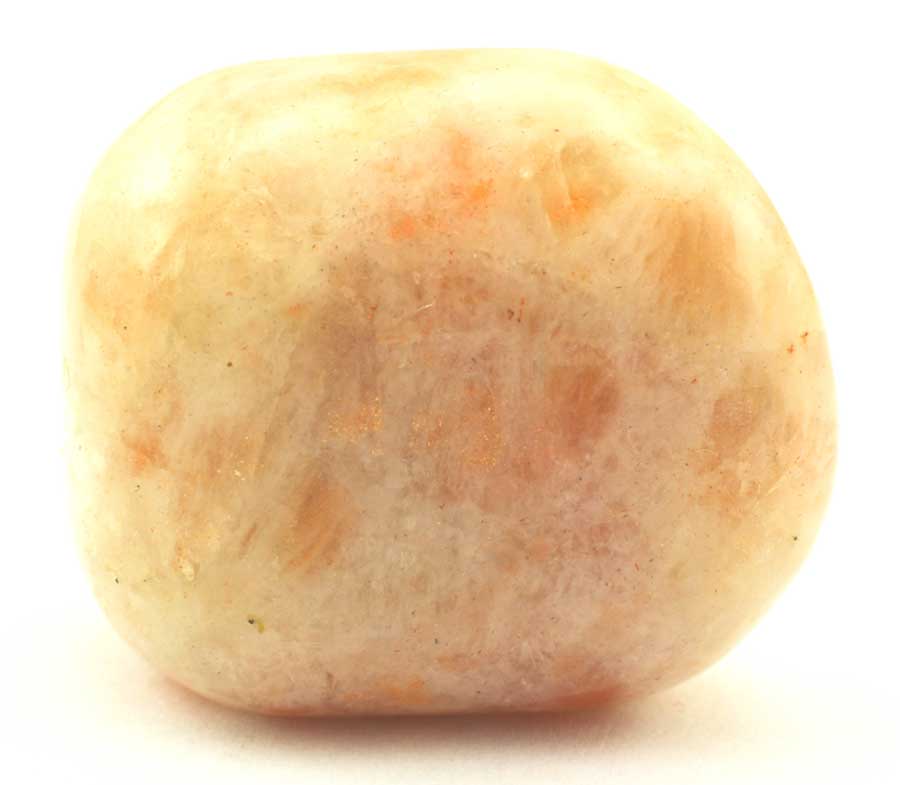Cause of Color : Aventurescent effect due to reflections from metallic inclusion like hematite, goethite or copper.
Chemical Composition : Aluminum silicate of potassium, sodium and calcium. KAlSi3O8. Isomorphous series made up of Albite (Na), Oligoclase, Andesine, Labradorite, Bytownite and Anorthite (Ca) where the two end member are NaAlSi3O8 and CaAl2Si2O8.
Crystal System / Forms : Triclinic System
Cuts & Uses : Facetted, cabochon, beads and carving.
Dispersion : 0.012
Hardness : 6.5
Lustre : Vitreous
Magnification : Platelets of goethite, copper, hematite, fingerprints and crystal inclusions.
Optic Character : Anisotropic, D.R.; Biaxial negative
Pleochroism : Not common.
Refractive Index / Birefringence : 1.542 – 1.549 / 0.00
Simulants (with separation tests) : Sunstone simulated by aventurine quartz (structure), goldstone glass (inclusions).
Sources : U.S.A. (Oregon), India, Kenya, Norway, Russia.
Spectrum : Not characteristic.
Synthesis : None.




























Leave a Reply
You must be logged in to post a comment.